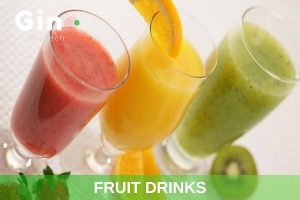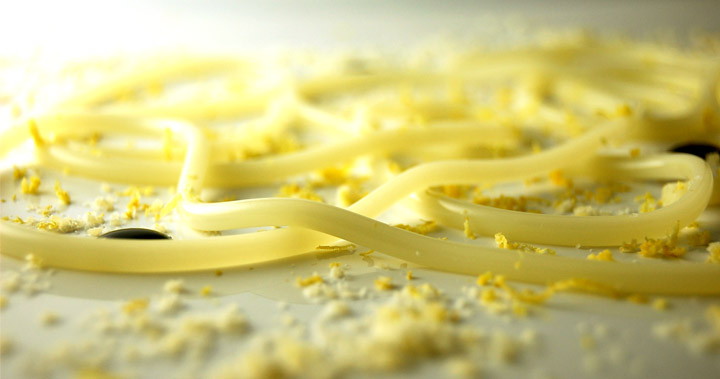
For example, protein–polysaccharide co-gelling is used in meat products, i.e., to improve the texture and water holding capacity of hams or sausages, and in milk products to tune the viscosity of whipped cream or to improve the ease of grating and slicing of cheese. The modulation of protein–polysaccharide gel properties is used to control texture, taste, and stability of food products. The admixture of proteins to polysaccharides opens a broad avenue for tuning gel properties via the regulation of a sophisticated distribution of components and/or their physical cross-linking that modifies both the gel network structure and properties. The usage of co-gelators is one of the engineering procedures to improve the gel strength, melting, and gelling temperatures and alter the physicochemical properties of the engineered biomedical or biotechnological formulations in the admixture of co-gelators. Mostly technologically advanced are physical hydrogels, which are typical of many natural biopolymers, in which a three-dimensional polymer network exists owing to the mechanical weave of the polymer molecules and/or stabilized by intermolecular interactions, including ionic bridges, hydrogen bonding, and hydrophobic interactions.ĭuring the last decades the new trends in gel formation comprise stimuli-responsive gels, cell-compatible gels, and self-healing gels. In the first case, the polymeric chains are held together by covalent chemical bonds. Gels are classified as chemical or physical depending on the cross-linker’s nature. In this review we examine only aqueous systems, thus we can define hydrogels as three-dimensional, hydrophilic polysaccharide or protein–polysaccharide networks that are able to retain a large amount of water within their structure without dissolving. If the fluid totals more than 90% of volume, it is referred to as hydrogel in the case of water or organogel in the case of organic fluid. Gels, one of the essential states of polysaccharides, represent a three-dimensional crosslinked polymer network immersed in a confined continuous fluid phase. The schematic representation of disaccharide units of carrageenans. In addition, the application of carrageenans is omnipresent in dairy products due to their strong interaction with food proteins. Together with other sulfated polysaccharides, they are often considered as mimetics of glycosaminoglycans (GAG), the matrix polysaccharides of mammals, and have a potential to be used for tissue engineering.

Among natural galactans the carrageenans are ideal candidates for different applications in wound healing and drug delivery. There are different types of carrageenans (are widely used in technologic developments), carrying from one to three sulfate groups per monomeric unit of polymer ( Figure 1). Their molecules consist of galactose repeat units, one ring per disaccharide can be (3,6)-anhydro, connected by alternating α-(1,3)- and β-(1,4)-glycosidic links with a variable proportion of sulfate groups at different positions.

Ĭarrageenans are linear, sulfated, hydrophilic non-toxic polysaccharides from red algae. We chose this polysaccharide family to review the interaction-induced structural transformations in polysaccharides and protein–polysaccharide gels as functional soft-matter because of our long-running deep interest and diverse experience in galactans. Galactans are a unique class of natural polysaccharides, distributed in plants (red algae, lupine seeds, citrus peel, etc.), also found in animals and microorganisms.

This work is devoted to carrageenans, one of the representatives of galactans. Polysaccharides with diversity of chemical modification represent a wide range of molecular weights. Polysaccharides are widely spread in bacterium, plant, and animal nature: produced by algae (alginate and carrageenan), plants (cellulose, pectin, and guar gum), bacterium (dextran and chitin) and animals (hyaluronan, chondroitin, and heparin). They are widely used as functional soft-matter for exploration in the food industry, drug delivery, regenerative medicine, and other biomedical research and applications.

Polysaccharides are biocompatible nontoxic natural polymer compounds.


 0 kommentar(er)
0 kommentar(er)
